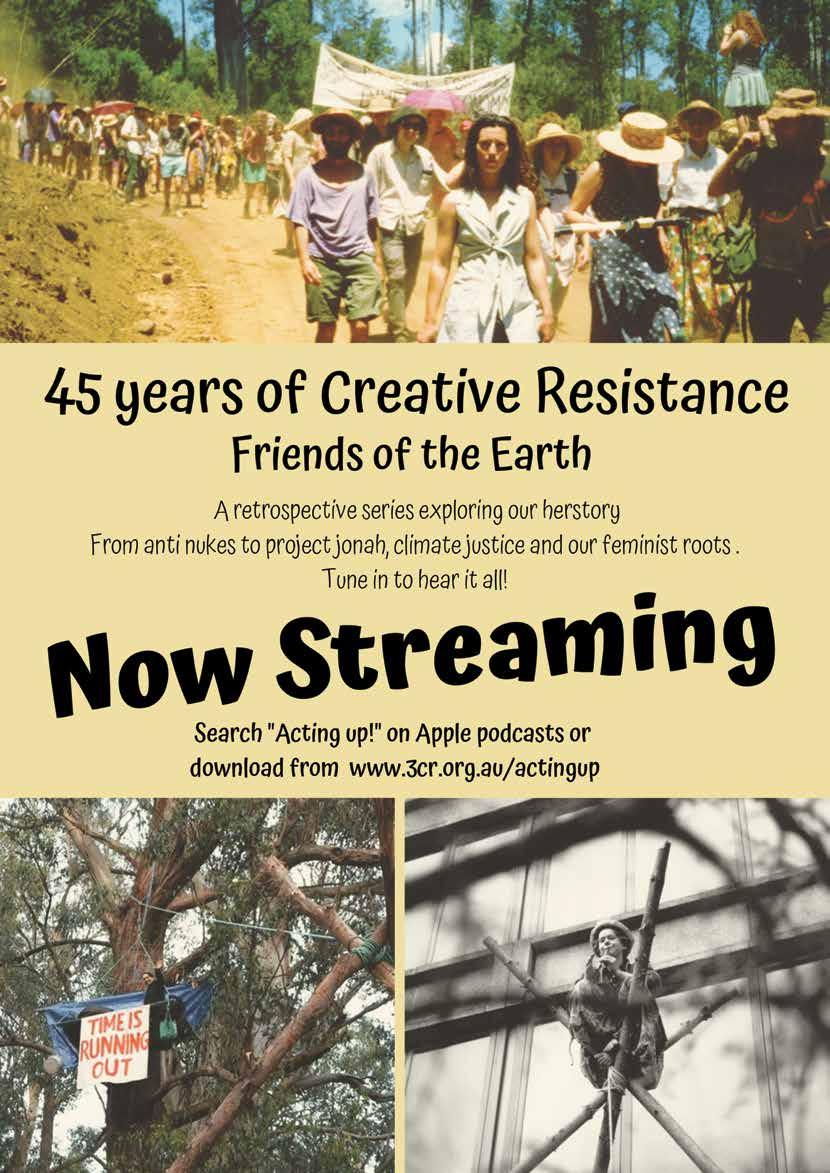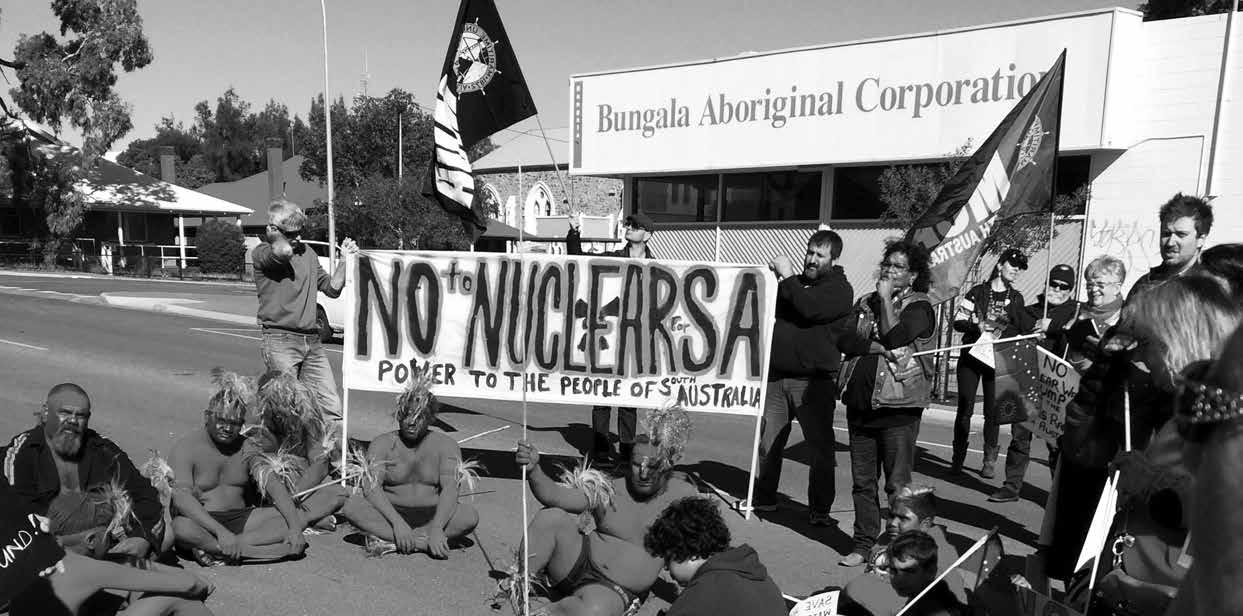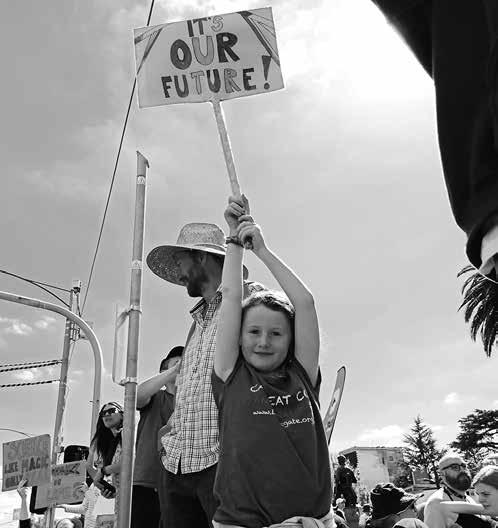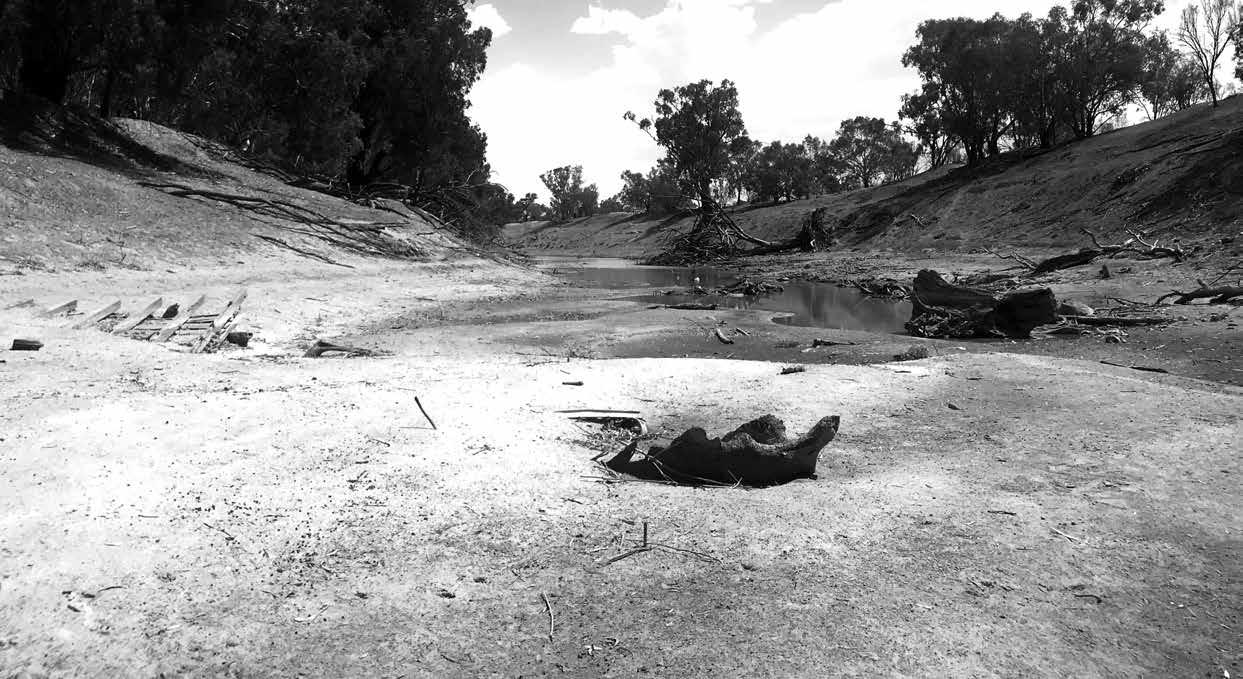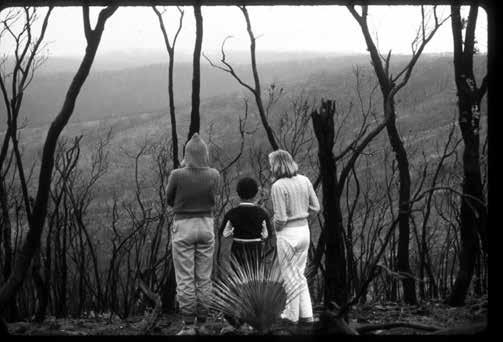How can we transition the fossil gas industry? Jim Crosthwaite
With an unpredictable climate already upon us, achieving net zero emissions by 2050 is not enough. Half the world’s emissions have been emitted in the past 30 years, and that “to keep warming below 2 degrees Celsius, about four-fifths of the known fossil fuel reserves must not be dug up and burned.” (Aronoff et al. p.37). This is arguably allowing too much. Net zero emissions allows for any given level of fossil fuel production to be compensated by an equivalent drawdown of atmospheric CO2e through growing trees, planting kelp forests or building up soil carbon. Such measures should be undertaken in their own right, not as offsets that allow emissions from fossil fuels to continue. The gas industry in Australia is expanding as evidenced by booming exports of liquid natural gas (LNG) to Asia, new fracking fields and new pipeline connections (West 2020). Gas prices in Australia have risen dramatically from below $4 to over $8 per gigajoule as big corporations play the international and domestic markets (Robertson 2019), leading to pressure on firms using gas and vulnerable households. Years of alarmist talk of shortages and political pressure has led Victoria into unnecessarily lifting its moratorium on gas exploration. Yes, winter shortages are likely in Victoria by 2025, but not if demand for gas is dramatically reduced. Reducing current gas use has received less attention than stopping new gas projects or closing coal-fired power stations. Arguably gas is more deeply embedded into the social and economic fabric of Australia than coal. It may be less visible. There are big challenges to a rapid transition away from fossil gas. Understanding the industry, its customers and the people who work in it is a start. Over six million households burn gas to cook food, heat water and warm living areas. Two million of these homes are in Victoria, and together these homes have 4.9 million appliances. 80% of all Victorian homes are connected to the gas supply (Energy Networks Australia 2017a). Thousands of community organisations, schools and churches also use gas. Apartment blocks may have gas for centralised hot water heating. In the 10 years to 2015, connections nationally grew from 3.8 million to 4.8 million (ibid). Use of gas for hydronic heating, spa and or pool heating, outdoor heating and open fireplaces is expanding. It is now cheaper to cook, heat water and heat living areas using electricity than gas (Forcey 2016). Wealthier households with solar
36
Chain Reaction #138
May 2020
power may be removing gas, but it is not an easy decision for most. In emergencies, households are still replacing gas with gas. Gas and electric hot water heaters are rated equally in building standards, thanks in part to lobbying by the industry. 130,000 businesses in Australia use gas: • Gas is used for heating commercial premises such as offices, factories, hotels, restaurants and government buildings. •C ommercial kitchens use gas for heat in ovens, ranges, fryers and steamers. • In manufacturing, gas is used in kilns, boilers, dehumidifiers, ovens, heaters, furnaces and desiccators. • Mining, construction, transport and electricity generation are also large users. • Gas is also a feedstock in manufacturing. It is one source of the hydrogen required for ammonia production. Ethane is produced from natural gas, and is the basis for plastics. •G as may be used for onsite electricity production (while sometimes cogenerating heat) Reducing gas use by major users producing aluminium, non-ferrous metals, plastics and chemicals is an obvious priority, and Beyond Zero Emissions has shown the technical feasibility of doing so (BZE 2018). However, the widespread use of gas in households and businesses gives the industry opportunities to defend itself, which it is doing by all means possible. Going further, by connecting itself to the future hydrogen economy, the gas industry has found a new lease of life. Uncritical support for Australia to become a hydrogen economy (e.g. Garnaut 2019) is giving the gas industry a free hand. After all, their pipelines, storage facilities and LNG ships will be used to transport much of the hydrogen. The gas industry already is experimenting with mixing hydrogen with fossil gas in pipelines to homes and small businesses.
Jobs With so many households and businesses reliant on gas, the workforce is dispersed across Australian cities, towns and rural areas. Collectively, the workers produce gas, read meters, do technical or clerical work, engineer systems, transport gas, and install and maintain equipment. At the supply end, the oil and gas producers claim to support 80,000 direct and indirect jobs (Murphy 2019). There are many gas workers working in construction and offering small-scale plumbing services in cities and towns. At the 2016 Census there were 6,800 specialised gas fitters across Australia, while some general plumbers are also trained in gas fitting. In contrast to this dispersion, the larger companies in the gas industry are well organised into seven associations: Australian Gas Association (TAGA), Australia New Zealand Industrial Gas Association (ANZIGA), Australian Petroleum Production & Exploration Association (APPEA), Australian Pipelines and Gas Association (APGA), Energy Networks Australia (ENA), Gas Appliance Manufacturers Association of Australia (GAMAA), and Gas Energy Australia (GEA). The biggest companies like Shell also network internationally. A speedy transition away from gas requires a coordinated national, indeed international, campaign to confront the power and influence of the industry. It won’t succeed unless the transition is also a just one, achieved with the mobilisation of workers across the many workplaces. In a radical version of a green new deal, Aronoff et al. (2019) use examples from the United States, but which could be also found in Australia, to show the need for blue-green alliances, a just transition, a jobs guarantee


